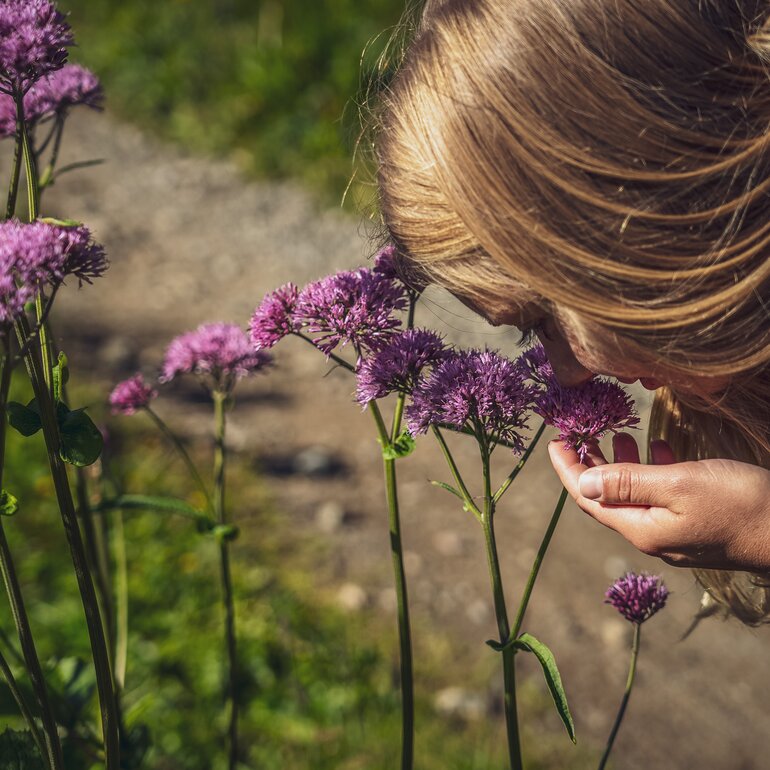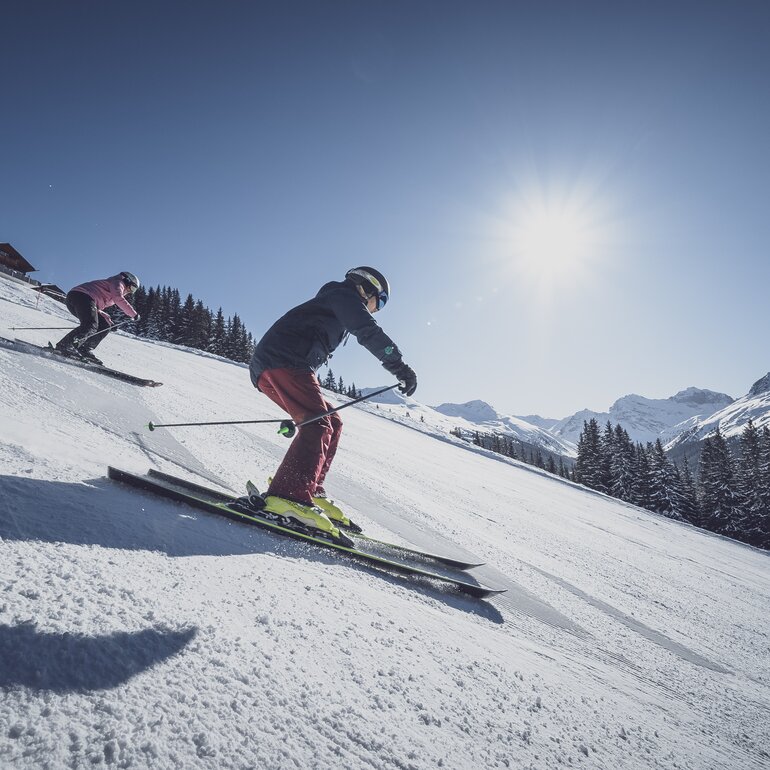Technical snowmaking in DAVOS KLOSTERS
The efficient and sustainable operation of a ski resort is crucial for job security, reliable snow conditions, and consistent planning. In today’s world, modern ski resorts cannot meet these demands without the help of advanced snowmaking technology.
In this article, we’ll delve into the process of creating the perfect piste, the requirements for achieving it, and why technical snowmaking is an essential part of the process. Additionally, we’ll provide interesting background information on the importance and operation of technical snowmaking facilities.












